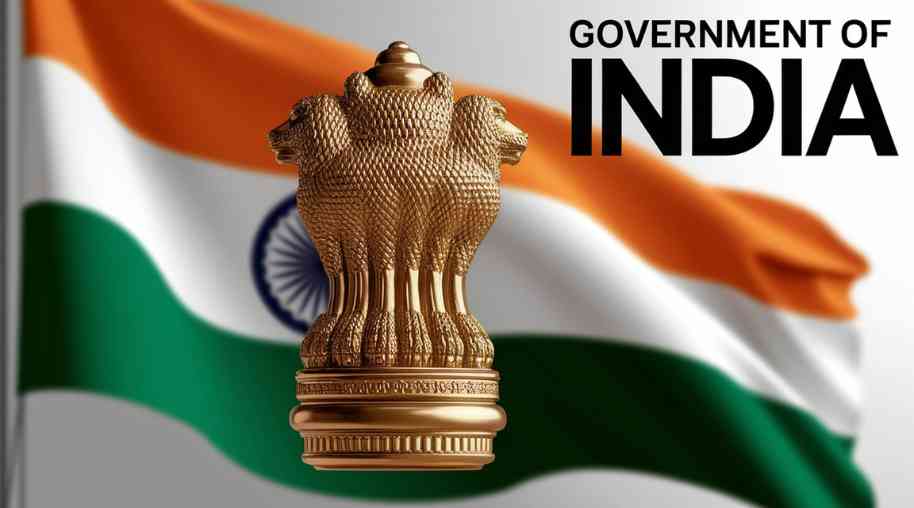GOI Full Form-Government of India
by Shashi Gaherwar
0 2210
Government of India: Pillars of Democratic Governance
The Government of India is the central governing authority of the country, responsible for maintaining law and order, formulating policies, and ensuring economic and social development. Established by the Constitution of India, it follows a democratic structure with three main branches: Legislative, Executive, and Judiciary. This system ensures a balance of power and effective governance.

Structure of the Government of India
1. Legislative Branch
The legislative branch, known as the Parliament of India, is responsible for making laws. It consists of two houses:
- Lok Sabha (House of the People): Members are directly elected by the citizens of India.
- Rajya Sabha (Council of States): Members are elected by state legislatures and appointed by the President.
The Parliament debates and passes laws on matters such as defense, finance, and social policies.
2. Executive Branch
The executive branch implements laws and policies. It includes:
- President of India: The ceremonial head of state and the supreme commander of the armed forces.
- Prime Minister of India: The head of government, responsible for policy-making and administration.
- Council of Ministers: Ministers overseeing various departments like finance, defense, health, and education.
- Civil Services: Bureaucrats and administrative officers responsible for governance and policy execution.
3. Judicial Branch
The judiciary interprets laws and ensures justice. It is independent of the executive and legislature. Key institutions include:
- Supreme Court of India: The highest court, responsible for constitutional interpretation.
- High Courts: State-level courts handling civil and criminal cases.
- District Courts: Local courts for handling everyday legal matters.
Functions of the Government of India
- Law and Order Maintenance: Ensuring national security, internal peace, and law enforcement through agencies like the police, paramilitary forces, and intelligence bureaus.
- Economic Development: Formulating policies for economic growth, industrial development, employment generation, and foreign trade.
- Social Welfare Programs: Launching initiatives related to healthcare, education, poverty alleviation, and women’s empowerment.
- Foreign Relations and Defense: Managing diplomatic ties with other nations and ensuring national security through defense planning and military forces.
- Environmental and Technological Progress: Implementing policies for sustainable development, climate change mitigation, and technological advancement in sectors like space research and IT.
Challenges Faced by the Government
- Corruption and Bureaucratic Delays: Red tape and inefficiency affect governance.
- Economic Inequality: Bridging the gap between rich and poor remains a challenge.
- Unemployment: Creating sufficient job opportunities for a growing population.
- Infrastructure Development: Improving roads, healthcare, and public utilities.
- Environmental Concerns: Addressing pollution, deforestation, and climate change.
The Government of India plays a crucial role in maintaining order, promoting development, and ensuring justice. With a strong constitutional framework and democratic principles, it continues to evolve, addressing challenges and working towards a prosperous future. Understanding its structure and functions helps citizens engage actively in governance and nation-building.
Further Learning Resources
If you’re passionate about building a successful blogging website, check out this helpful guide at Coding Tag – How to Start a Successful Blog. It offers practical steps and expert tips to kickstart your blogging journey!
For dedicated UPSC exam preparation, we highly recommend visiting www.iasmania.com. It offers well-structured resources, current affairs, and subject-wise notes tailored specifically for aspirants. Start your journey today!

Share:








Comments
Waiting for your comments